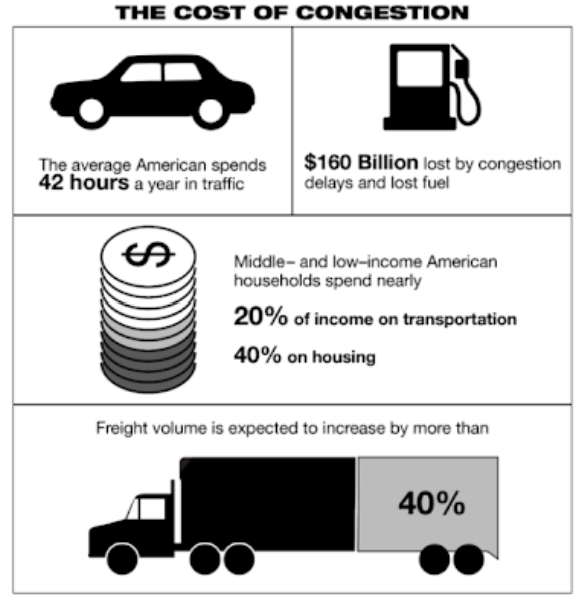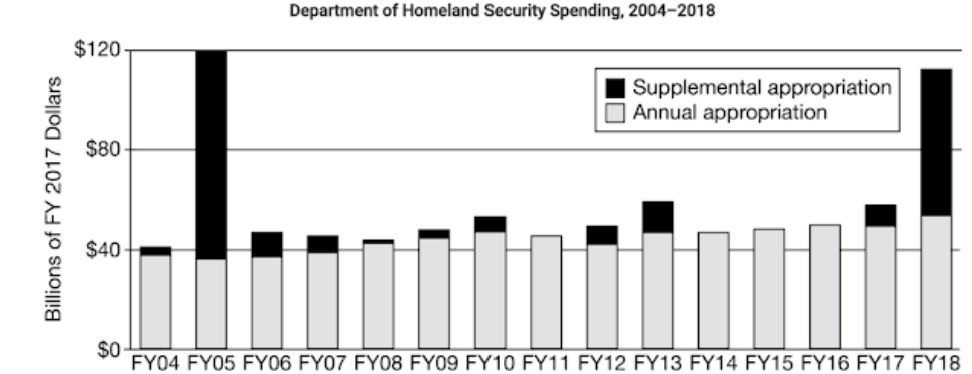ap gov 7-8
5.0(1)
5.0(1)
New
Card Sorting
1/27
Earn XP
Study Analytics
Name | Mastery | Learn | Test | Matching | Spaced |
|---|
No study sessions yet.
28 Terms
1
New cards
What distinguishes the modern presidency from the institution originally envisioned by the Framers of the Constitution?
The modern presidency has become the central focus of American politics since the 1930s, supplanting Congress as the “first branch” of government.
2
New cards
\n In The Federalist 70, Alexander Hamilton states that “energy in the executive is a leading character in the definition of good government.” In this statement, Hamilton is arguing in favor of the need for
a single executive who can respond quickly to crises
3
New cards
\n Why was it significant that George Washington was the first person elected to the presidency?
His early actions served to establish important precedents that greatly increased the political legitimacy of the office.
4
New cards
\n Which of the following is an example of the executive branch implementing a public policy passed by Congress?
The Department of Health and Human Services determines eligibility requirements for government assistance.
5
New cards
\n Which of the following situations is an example of the president using the bully pulpit as a tool for agenda setting?
President Reagan delivering a televised address urging a reduction in federal taxes
6
New cards
\n Lobbyists from the Airlines for America, an advocacy group that represents commercial airlines, work with members of the House Committee on Transportation and Infrastructure and officials from the United States Federal Aviation Administration (FAA) to discuss a new policy that addresses issues of airline safety. This scenario best illustrates
an iron triangle
7
New cards
In 2012, after negotiations on a bill in Congress failed, President Obama issued an executive order that protected from deportation individuals illegally brought to the United States as children by their parents. The president took this action because
disagreement between congressional leaders and the president on the issue meant that a compromise on a bill was not likely
8
New cards
Which presidential power gives the president the ability to control what happens inside departments and agencies during their terms and to shape the federal judiciary (including the Supreme Court) far into the future?
appointment
9
New cards
Why was the Twenty-Fifth Amendment to the Constitution adopted?
to clear up ambiguities over the constitutional provisions surrounding the role of the vice president should the president die or become incapacitated
10
New cards
\n Shortly after the 2008 election, President Obama appointed outspoken and controversial House member Rahm Emanuel to lead his White House as chief of staff. The selection drew criticism from Republican leaders, including House minority leader John Boehner, who remarked that the selection “is an ironic choice for a president-elect who has promised to change Washington, make politics more civil, and govern from the center.” Which of the following explains how Congress could legitimately respond to the appointment?
Members of Congress could issue statements opposing the appointment but have no formal power to block it.
11
New cards
\n The Web site healthcare.gov was launched on October 1, 2013, to help citizens purchase health insurance for themselves in accordance with the Affordable Care Act. Within two hours of launch the site crashed. Once it was restored, problems continued, leading to difficulty for users. The following year, Secretary of Health and Human Services Kathleen Sebelius was called to testify before the House Energy and Commerce Committee to discuss the issue.
The committee held this hearing as part of which of the following functions?
The committee held this hearing as part of which of the following functions?
oversight
12
New cards
\n Which of the following scenarios best illustrates a formal check on the power of the bureaucracy?
The secretary of defense being called to testify before a congressional committee
13
New cards
What was the turning point that gave rise to the modern institutional presidency?
the economic and social turmoil of the Great Depression
14
New cards

Which of the following are powers of the president?
I, II, and IV only
15
New cards
\n Which of the following leadership abilities is critical to presidential success?
the ability to persuade members of Congress and the American public
16
New cards
\n Which best describes the president’s constitutional duty to Congress?
The president must give Congress an occasional update on the state of the union.
17
New cards
Cabinet departments differ from independent regulatory agencies in which of the following ways?
The President can dismiss cabinet officers, but not commissioners of independent regulatory agencies.
18
New cards
\n A fundamental source of power for the federal bureaucracy lies in its
ability to set specific guidelines after receiving a general mandate from Congress
19
New cards

\n Which of the following explains how the bureaucracy can address a problem shown in the infographic?
The Department of Transportation can write stronger regulations on freight volume.
20
New cards
\n Which of the following scenarios best illustrates delegated discretionary authority?
Congress giving the Environmental Protection Agency the power to establish national pollution standards
21
New cards

\n Which of the following explains how Congress would most likely respond if it were concerned about the slight increase in spending over time, as indicated by the bar chart?
Congress could vote to reduce spending on the Department of Homeland Security in the next year’s budget.
22
New cards
Bureaucracy- Implementation
carry out laws of congress, executive orders of the president
23
New cards
bureaucracy- regulation
issue rules and regulations that impact the public
24
New cards
bureaucracy- rule making
an agency’s ability to make rules that affect how programs operate and to force states and corporations to obey these rules as if they were laws
25
New cards
Bureaucracy - Discretionary Authority
allows the federal bureaucracy to have some level of flexibility in decision-making
26
New cards
Bureaucracy - Independent Regulatory Commissions
largely beyond the reach of presidential direction and control
judicial and legislative like powers
regulate a specific economic activity or interest
judicial and legislative like powers
regulate a specific economic activity or interest
27
New cards
Bureaucracy - Independent Executive Agencies
established by congress w/ separate status outside the executive branch
Given specific mandate and generally perform a service function
Given specific mandate and generally perform a service function
28
New cards
formal powers of the president
explicitly listed in article 2 of constitution
commander in chief, treaties, appointment
commander in chief, treaties, appointment